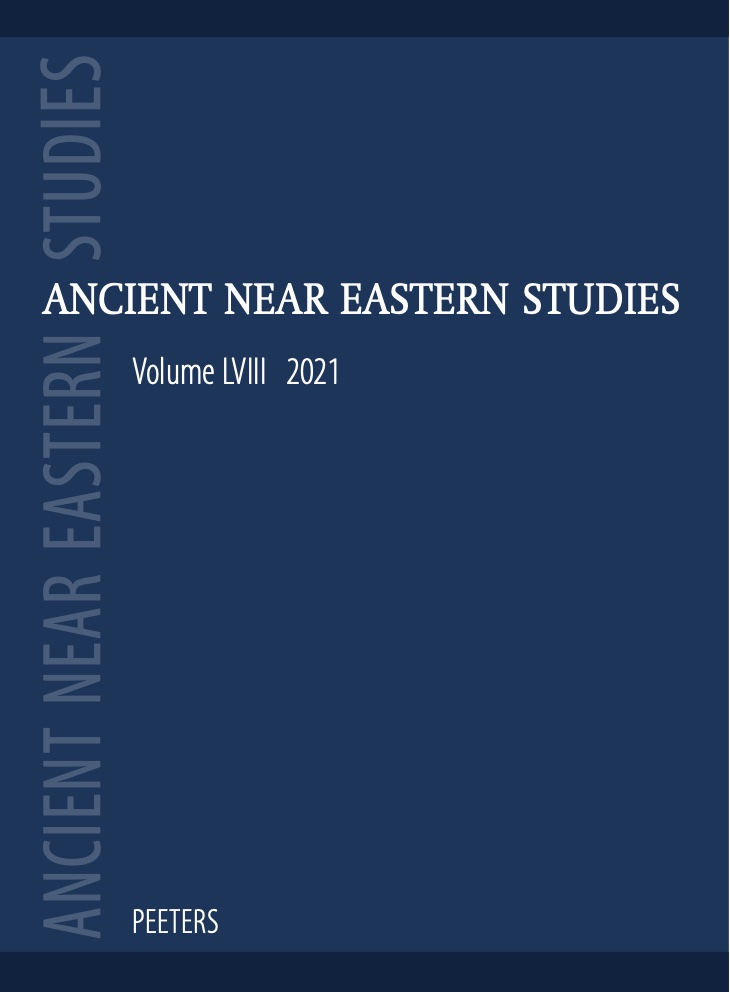 previous article in this issue previous article in this issue | next article in this issue  |

|
Document Details : Title: The Byblos Syllaby and the Proto-alphabet Author(s): COLLES, Brian Journal: Ancient Near Eastern Studies Volume: 30 Date: 1992 Pages: 55-102 DOI: 10.2143/ANES.30.0.525727 Abstract : The ancient Phoenician city of Byblos (Gubla) was traditionally associated with writing, papyrus, and books.; yet no papyrus manuscripts have survived in its ruins, only inscriptions on stone and on metal. The Byblian texts we possess at present are of two kinds: firstly, inscriptions in the Byblian dialect of Pheonician, using the Phoenician alphabet and dating from the Iron Age (1200 BCE onwards); secondly, from the Bronze Age (before 1200 BCE), a small group of inscriptions on stone and metal written in a pictographic script, which has been dubbed 'pseudo-hieroglyphic', because its characters resemble Egyptian hieroglyphs. This latter script was immediately seen to have far too many glyphs to be an alphabet, but not as many as the complex Egyptian and Mesopotamian writing systems, and so it was probably a simple syllabary. A possible analogy for it would thus be the Aegean Linear B syllabic script, which has less than a hundred symbols, most of which represent a consonant followed by a vowel. Linear B clay tablets were deciphered as Greek texts by Michael Ventris and John Chadwick, in 1952, more than fifty years after the publication of the first inscription by Arthur Evans (in 1900). |
|
